Techniques are created each year to find a new path to fixing the supposedly permanent neuron damage in the CNS. The 5 ground-breaking techniques are explained more in-depth below.  2) Nano-Engineered Gel: (April 2008) As stated before, scar tissue can block the regeneration of nerve fibers in the spinal cord. The nano-engineered gel is injected as a liquid into the spinal cord where it assembles itself and supports the new nerves. The gel reduces the amount of scar tissue that forms and instructs the stem cells that usually produce the scar tissue to make a myelin-producing cell. The gel also supports the growth of axons in both sensory and motor neurons. The overall result is a gel that allows the nerves to bypass the site of injury. This technique was first tested on mice with spinal cord injuries. After 6 weeks from when the gel was injected, the mice could use their legs and walk. More importantly, the injection of the gel does not damage the tissue or cause further destruction. 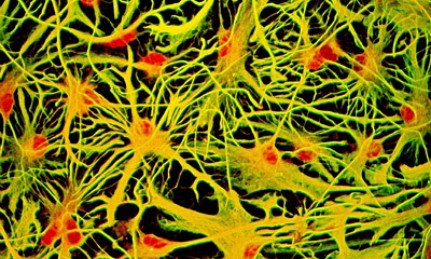 4) Neurotrophin-3: (Aug. 2009) Neurotrophin-3 (NT-3) is a chemical hormone that can guide regenerating axons to the correct area and support synapse formation. In addition to using this hormone, there also needs to be some type of cell bridge to support the growth and a stimulus to activate the genes that begin regeneration. Wherever the NT-3 was placed the axons grew towards it, even if it was placed in the wrong area. Although the axon regenerated successfully, the myelin sheath needs to be reformed in order for full functioning to occur. This is still undergoing research. 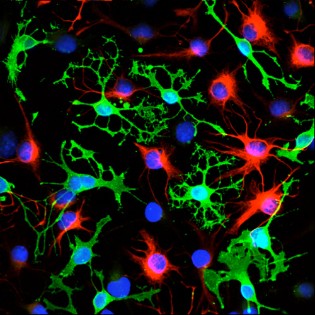 |
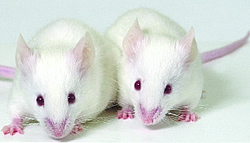 1) Moderate/Systemic Hypothermia: (March 2008) Systemic hypothermia is used to slow down and minimize the damage in the spinal cord. The temperature must be less than 33°C. The side effects may include "cardiac arrhythmia, coagulopathy, pancreatitis, and some laboratory abnormalities". After lowering the body temperature of the patient, surgery is conducted to directly repair the damage.
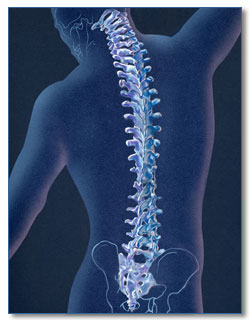 3) Gene Therapy: (July 2009) Astrocytes, a type of neuroglial cell, synthesizes two proteins (GFAP and vimentin) that isolate the damaged neuron. Even though this prevents interference from occurring in the CNS, it allows cicatricial tissue to form around the neuron which causes paralysis. Researchers used gene therapy to insert short RNA sequences into the astrocytes to prevent the proteins from forming which consequently prevents the tissue from forming too. This resulted in the regrowth of axons. 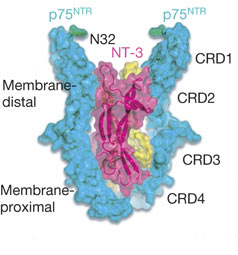 5) Neural Stem Cells: (Jan. 2010) To begin, stem cells from the CNS are isolated and replicated through 60 generations, creating a billion billion cells per stem cell that is isolated. Then, the neural stem cells are injected directly into the injured area in the spinal cord. The neural stem cells differentiate into neurons or neuroglial cells. They either replace the missing neurons and neuroglial cells or help the damaged ones recover. The damaged area heals and allows the body's motor function to continue. |